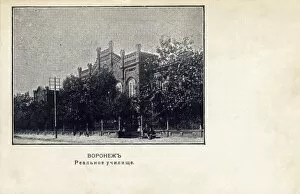Phonetics Collection
Phonetics, the fascinating study of sounds and their production, has been a subject of great interest for scholars throughout history
All Professionally Made to Order for Quick Shipping
Phonetics, the fascinating study of sounds and their production, has been a subject of great interest for scholars throughout history. From Jean Rousselot diligently working on his research to the phonetic table of demotic writing and hieroglyphics addressed to Bon-Joseph Dacier, this field has continuously evolved. Intriguingly, there were even letters written in hieroglyphic characters specifically directed towards Joseph Dacier. These unique correspondences showcased the intricate connection between language and symbols. The exploration of Middle Eastern alphabets in 1823 further expanded the realm of phonetics. The C017 / 8056 collection shed light on diverse linguistic systems, unraveling new dimensions within communication. Not only did phonetics captivate academics but it also found its way into education. The Real School at Voronezh in Russia embraced this discipline as an essential part of learning. Students delved into various alphabets like the Warne alphabet from 1875 - ABC, MNO, DEF, JKL, STUV, GHI, PQR - each representing different sounds that formed words. These advancements highlighted how crucial understanding sound patterns was for effective communication across cultures and languages. Phonetics became a bridge connecting people worldwide through shared knowledge and comprehension. As we continue to delve deeper into this captivating field today, let us appreciate those who dedicated their lives to unraveling the mysteries behind human speech. Through their tireless efforts and groundbreaking discoveries in phonetics' vast landscape lies our ability to communicate effectively with one another – transcending barriers that once seemed insurmountable.














